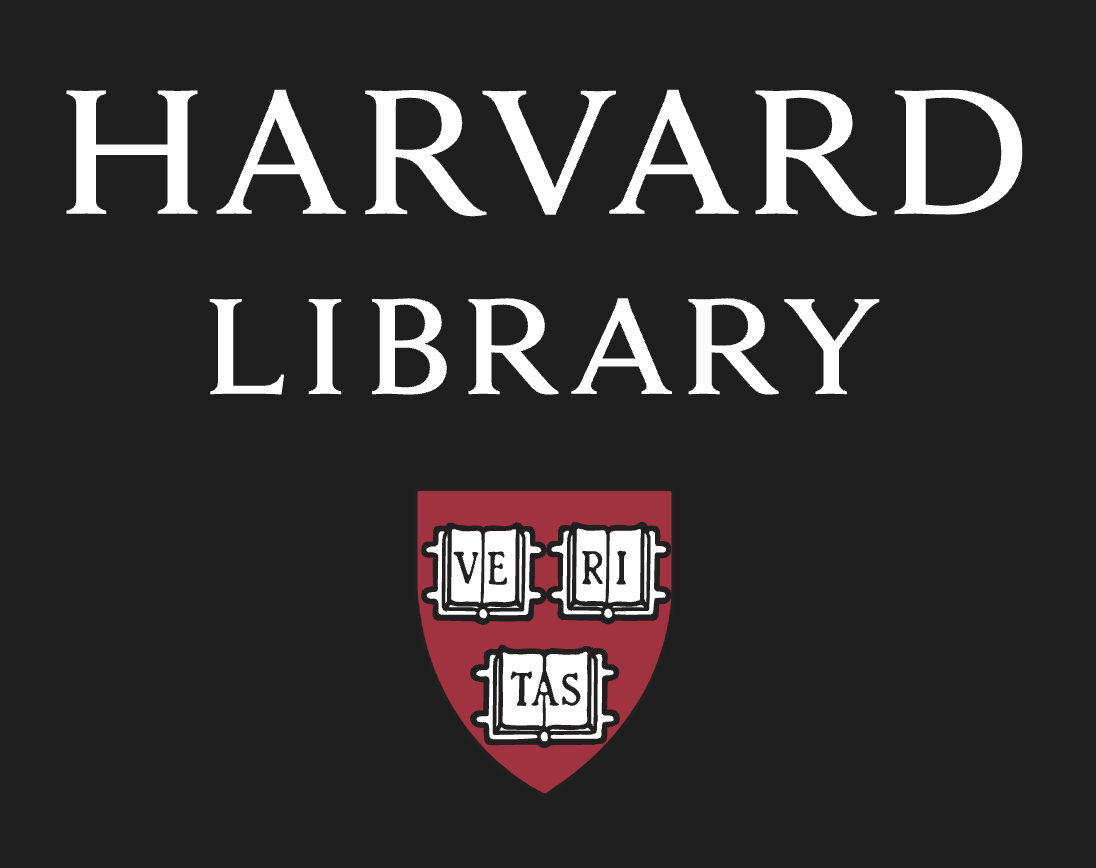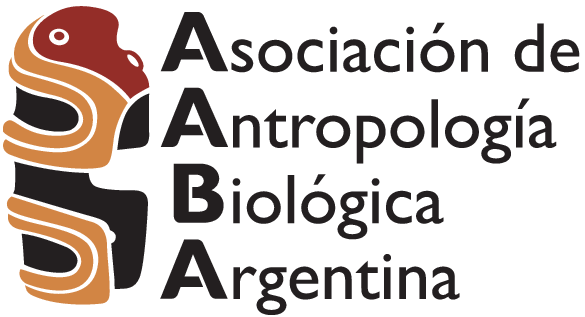Genetic history of the classic period of teotihuacan’s burials in Central Mexico
DOI:
https://doi.org/10.17139/raab.19.1.14Resumen
The ancient city of Teotihuacan was a great urban and ceremonial center, whose population grew exceptionally during the Classic Period (300–700 AC). Settlement patterns, culture and burials have indicated an occupation that consisted of groups of neighboring apartment compounds or barrios. We investigated the genetics of three apartment compounds in the Teotihuacan Valley through ancient DNA analysis to prove multiethnicity during the Classic Period. Amerindian mitochondrial haplogroups were identified in 10 subjects from San Francisco Mazapa, 7 from San Sebastián Xolalpan, and 19 human bone tools from La Ventilla. These samples had a wide genetic diversity. Differences in genetic structures between the three households and seven ancient populations from central and southern Mexico were slight but significant (p<0.001) by FST analysis between the three barrios studied. Xaltocan (post-conquest) was in agreement with the number of migrants estimated. Tlailotlacan, another Teotihuacan household, was different following a small interaction with Mazapa, Xolalpan, and La Ventilla. Through the estimation of immigrants, the three households studied seem to have come into contact with Mayans from Xcaret in Yucatan, which coincides with archaeological data reported. Genetic data could indicate that migration, along with reduced genetic drift, may possibly have a more effective role among Teotihuacan groups. This suggests that interchange with other groups did not restrict to commercial, service or governmental purposes, which mplies demographic integration and genetic fusion culminating in multiethnicity during the Classic Period in Teotihuacan. Further studies can be directed to examine other households and with future sequencing analysis
Descargas
Métricas
Citas
Álvarez-Sandoval BA, Manzanilla LR, Montiel R. 2014. Sex determination in highly fragment human DNA by high-resolution melting (HRM) analysis. PLoS ONE 9, e104629 1-6. doi:10.1371/journal.pone.0104629
Álvarez-Sandoval BA, Manzanilla LR, GonzálezRuiz M, Malgosa A, Montiel R. 2015. Genetic evidence supports the multiethnic character of Teopancazco, a neighborhood center of Teotihuacan, Mexico (AD 200-600). PLoS ONE 10: e0132371. doi:10.1371/journal.pone.0132371
Altschul J. 1987. Social districts of Teotihuacan. In: McClung, E., Rattray E. editors. Teotihuacan. Nuevos datos, nuevas síntesis, nuevos problemas. México: Universidad Nacional Autónoma de México. p 191-217.
Arnaud-Salas M. Procedencia y dieta de una muestra ósea de La Ventilla 92-94, Teotihuacan. 2014. Thesis for Master’s Degree. Universidad Nacion- al Autónoma de México. México.
Behar D, Villems R, Soodyall H, Blue-Smith J, Perei- ra L, Metspalu E, Scozzari R, et al. 2008. The dawn of human matrilineal diversity. Am J Hum Genetics 82:1130-1140.
Blanton RE. 1987. El florecimiento del Clásico en el Valle de Teotihuacan. In: Mountjoy J, Brockington D, editors. El auge y la caída del Clásico en el México Central. México: Universidad Nacional Autónoma de México. p 77-85.
Brüggemann J. 2014. La zona del Golfo en el Clásico. In: Manzanilla L, López Luján L, editors. Historia Antigua de México. El Horizonte Clásico. IIA. Universidad Nacional Autónoma de México. MAPorrúa. p 13-46.
Clayton S. 2005. Interregional Relationships in Mes- oamerica: Interpreting Maya Ceramics at Teoti- huacan. Lat Am Antiq 16:427-448.
Coe WR. 1972. Cultural contact between the lowland Maya and Teotihuacan as seen from Tikal, Peten, Guatemala. In: Teotihuacan. XI Mesa redonda. México: Sociedad Mexicana de Antropología. p 257-271.
Corona Nuñez J. 1972. Los teotihuacanos en el Occidente de México. In: Teotihuacan. XI Mesa redonda. México: Sociedad Mexicana de Antropología. p 253-256.
Excoffier L, Laval G, Schneider S, 2006. An Integrated Software Package for Population Genetics Data Análisis. URL: http://cmpg.unibe.ch/software/arlequin3
Gómez Chávez S. 2000. La Ventilla un barrio de la antigua ciudad de Teotihuacan. Degree Thesis. Escuela Nacional de Antropología e Historia.. Mexico
González-Oliver A, Márquez-Morfín L, Jiménez JC, Torre-Blanco A. 2001. Founding Amerindian mitochondrial DNA lineages in ancient Maya from Xcaret, Quintana Roo. Am J Phys Anthropol. 116:230-235.
González-Sobrino BZ, Pintado-Cortina AP, Sebastián-Medina L, Aguilar Y, Chávez-Benavides J, Carrillo-Rodríguez A, Morales-Mandujano F, Contreras AV, Silva-Zolezzi I, Medrano-González L. 2016. Genetic diversity and differentiation in urban and indigenous population of Mexico: Patterns of mitochondrial DNA and Y-chromosome linages. Biodemog Soc Biol. 62: 1-20. doi:10.1080/19485565.2015.1117938
Herrera Salazar A. 2007. Estudio genético poblacion- al de restos óseos prehispánicos de una subpob- lación de Teotihuacan, México. Degree Thesis. CINVESTAV. México.
Juárez Martín AI. 2002. Parentesco Biológico entre los pobladores prehispánicos de Cholula, medi- ante el análisis molecular de sus restos óseos. De- gree Thesis. Escuela Nacional de Antropología e Historia. México.
Kemp B, Reséndez A, Román Berrelleza J, Malhi R, Glenn Smith D. 2005. An analysis of ancient Aztec mtDNA from Tlatelolco: Pre-Columbian relations and the spread of Uto-Aztecan. In: Reed DM, edi- tors. Biomolecular Archaeology: Genetic Approach to the Past. Center for Archaeological Investiga- tions. Occasional Paper No 32, Board of Trustees. Illinois: Southern Illinois University. p 22-39.
Kowalewski SA, Feinman GM, Finsten L, Blanton RE, Nicholas LM. 1989. Monte Albán´s hinterland: Part II. Prehispanic settlement patterns in Tlacolula, Etla, and Ocotlan, The Valley of Oaxaca, Mexico (Vol. 23). Memories of the University of Michigan Museum of Anthropology. Ann Arbor: University of Michigan.
Kurtz D. 1987. The economics of urbanization and state formation at Teotihuacan. Curr Anthropol. 28: 329-353.
López Armenta M. 2007. Estudio de la estructura genética de la población prehispánica Maya del sureste de México mediante el análisis de DNA mitocondrial. Master’s Thesis. Universidad Autónoma de la Ciudad de México. México.
López Austin A, López Lujan L. 2010. El pasado indígena. México: El Colegio de México.
McClung E. 1987. Patrones de subsistencia urbana en Teotihuacan. In: McClung E, Rattray E, editors. Teotihuacan. Nuevos datos, nuevas síntesis, nuevos problemas. México: Universidad Nacional Autónoma de México. p 79-106.
McClung E. 1987. Ecología y cultura en Mesoamerica. Mexico: Universidad Nacional Autónoma de México.
Manzanilla L. 1995. La zona del altiplano central en el clásico. In Manzanilla L, López Luján L, editors. Historia antigua de México, volumen II El horizonte clásico. INAH. México: Universidad Nacional Autónoma de México, MAPorrua. p 203-239.
Manzanilla L. 2015. Cooperation and tensions in multiethnic corporate societies using Teotihuacan, Central Mexico, as a case study. PNAS 112:9210-9215. doi:10.1073/pnas.1419881112.
Mata-Míguez J, Overholtzer L, Rodríguez-Alegría E, Kemp BM, Bolnick DA. 2012. The genetic impact of Aztec Imperialism: ancient mitochondrial DNA evidence from Xaltocan, Mexico. Am J Phys Anthropol 149:504-516. doi:10.1002/ajpa.22152
Merriwether DA, Rothhammer F, Ferrel RE. 1994. Genetic variation in the New World: ancient teeth, bone, and tissue as sources of DNA. Experientia 50:592-601.
Meza Peñaloza A. 2015. Afinidades biológicas y contextos culturales en los antiguos teotihuacanos. IIA-UNAM. México: Universidad Nacional Autónoma de México.
Michelet D. 2014. La zona nororiental en el Clásico. In: Manzanilla L, López Luján L, editors. Historia Antigua de México. El Horizonte Clásico. IIA, UNAM, México: Universidad Autónoma de México. MAPorrúa. p 241-263.
Millon R. 1973. Urbanization at Teotihuacan, Mex- ico, Teotihuacan Mapping Project, part one, text part two. Austin: Texas University Press.
Millon R. 1981. Teotihuacan: City, state and civiliza- tion. In: Sabloff VB, editor. Handbook of Middle American Indians, supplements I. Archaeology. Austin: University of Texas Press. p 125-135.
Monroe C, Kemp B, Smith DG. 2013. Exploring prehistory in the North American Southwest with mitochondrial DNA diversity exhibited by Yumans and Athapaskans. Am J Phys Anthropol 150: 618-631. doi:10.1002/ajpa.22237
Northon W. Human Geography. 2009. Seven edition. Oxford University Press, Canada.
Pääbo S, Poinar H, Serre D, Jaenicke-Després V, Hebler J, Rohland N, Kuch M, Krause J, Vigilant L, Hofreiter M. 2004. Genetic analyses from ancient DNA. Ann Rev Genetics 38:645-79.
Parsons JR. 1987. El área Central de Teotihuacan. Patrones regionales de colonización en el Valle de México. In: Mountjoy J, Brockington D, editors. El auge y la caída del Clásico en el México Central. México: Universidad Nacional Autónoma de México. p 37-75.
Price TD, Manzanilla L, Middleton WD. 2000. Immigration and the ancient City of Teotihuacan in Mexico: a study using strontium isotope ratios in human bone and teeth. J Archaeol Sci 27:903-913. doi:10.1006/jasc.1999.0504
Ortega Cabrera V. 2014. La presencia oaxaqueña en la Ciudad de Teotihuacan durante el Clásico. Doctoral Thesis. Universidad Nacional Autónoma de México. México.
Rattray E. 1987a. Evidencia cerámica de la caída del Clásico en Teotihuacan. In: Mountjoy J, Brockington D, editors. El auge y la caída del Clásico en el México Central. Universidad Nacional Autónoma de México. México. p. 77-85.
Rattray E. 1987b. Los barrios foráneos de Teotihuacan. In: McClung E, Rattray E, editors. Teotihuacan. Nuevos datos, nuevas síntesis, nuevos problemas. Universidad Nacional Autónoma de México. México. p 243-273.
Ratrray E. 1997. Entierros y ofrendas en Teotihuacan. Excavaciones, inventario, patrones mortuorios. IIA, Universidad Nacional Autónoma de México. México.
Ratrray E, Civera Cerecedo M. 2003. Los entierros del Barrio de los Comerciantes. In: Manzanilla L, Serrano C. Prácticas funerarias en la ciudad de los dioses. Los enterramientos humanos de la antigua Teotihuacan. IIA. México: Universidad Nacional Autónoma de México. p 149-172.
Rodríguez Manzo V. 2003. Historia de las exploraciones. In: Manzanilla L, Serrano C, editors. Prácticas funerarias en la ciudad de los dioses. Los enterramientos humanos de la antigua Teotihuacan. IIA México: Universidad Nacional Autónoma de México. p 13-34.
Sanders W. 1965. The cultural ecology of the Teotihuacan Valley, a preliminary report of the results of the Teotihuacan Project. Pennsylvania: Penn- sylvania State University.
Serrano C, Jiménez R, Villanueva M, Martínez E. 1991. Prácticas mortuorias teotihuacanas. Nuevos datos. Revista Mexicana de Estudios An- tropológicos 36:143-150.
Solórzano Navarro E, Díaz N, Montiel R, Malgosa A. 2009. Análisis del ADN mitocondrial de tres series antiguas mexicanas. Estudios de Antropología Biológica 14(1):243-259.
Snow DR. 1972. Classic Teotihuacan influences in north-central Tlaxcala. In: Sociedad Mexicana de Antropología, editor. Teotihuacan. XI Mesa redonda. México. p 245-251.
Spence M. 1987. La evolución del sistema de producción de obsidiana en Teotihuacan. In: Mountjoy J, Brockington D, editors. El auge y la caída del Clásico en el México Central. México: Universidad Nacional Autónoma de México. p 87-128.
Spence M, Gamboa Cabezas LM. 2003. Mortuary practices and social adaptation in the Tlailotlacan enclave. In: Manzanilla L, Serrano C, editors. Prácticas funerarias en la ciudad de los dioses. Los enterramientos humanos de la antigua Teotihuacan. IIA. México: Universidad Nacional Au- tónoma de México. p 173-202.
Schurr TG, Ballinger SW, Gan Y-Y, Hodge JA, Merriwether DA, Lawrence DN, Knowler WC, Weiss KM, Wallace DC.1990. Amerindian mitochondrial DNAs have rare Asian mutations at high frequencies, suggesting they derived from four primary maternal lineages. Am J Hum Genet 46:613-623.
Stone AC, Stoneking M. 1993. Ancient DNA from a pre-Columbian Amerindian population. Am J Phys Anthropol 92:463-471.
Storey R, Widmer R. 2003. The burials of Tlajinga 33. In: Manzanilla L, Serrano C, editors. Prácticas funerarias en la ciudad de los dioses. Los enterramientos humanos de la antigua Teotihuacan. IIA. México: Universidad Nacional Autóno- ma de México. p 203-218.
Torroni A, Schurr T, Cabell M, Brown M, Neel J, Larsen M, Smith D, Vullo C, Wallace D. 1993. Asian affinities and continental radiation of the four founding Native American mtDNAs. Am J Hum Genet 53:563-590.
Wallace DC, Garrison K, Knowler WC. 1985. Dramatic founder effects in Amerindian mitochon- drial DNAs. Am J Phys Anthropol 68:149-155.
White CD, Spence M, Longstaffe F, Stuart-Williams H, Law KR. 2002. Geographic Identities of the Sacrificial Victims from the Feathered Serpent Pyramid, Teotihuacan: Implications for the Nature of State Power. Lat Am Antiq 13:217-236. doi: 10.2307/971915
White CD, Spence M, Longstaffe F, Law KR. 2004. Demography and ethnic continuity in the Tlailotlacan enclave of Teotihuacan: the evidence from stable oxygen isotopes. J Anthropol Archaeol 23:385-403. doi:10.1016/j.jaa.2004.08.002
Descargas
Publicado
Cómo citar
Número
Sección
Licencia
La RAAB es una revista de acceso abierto tipo diamante. No se aplican cargos para la lectura, el envío de los trabajos ni tampoco para su procesamiento. Asímismo, los autores mantienen el copyright sobre sus trabajos así como también los derechos de publicación sin restricciones.


































